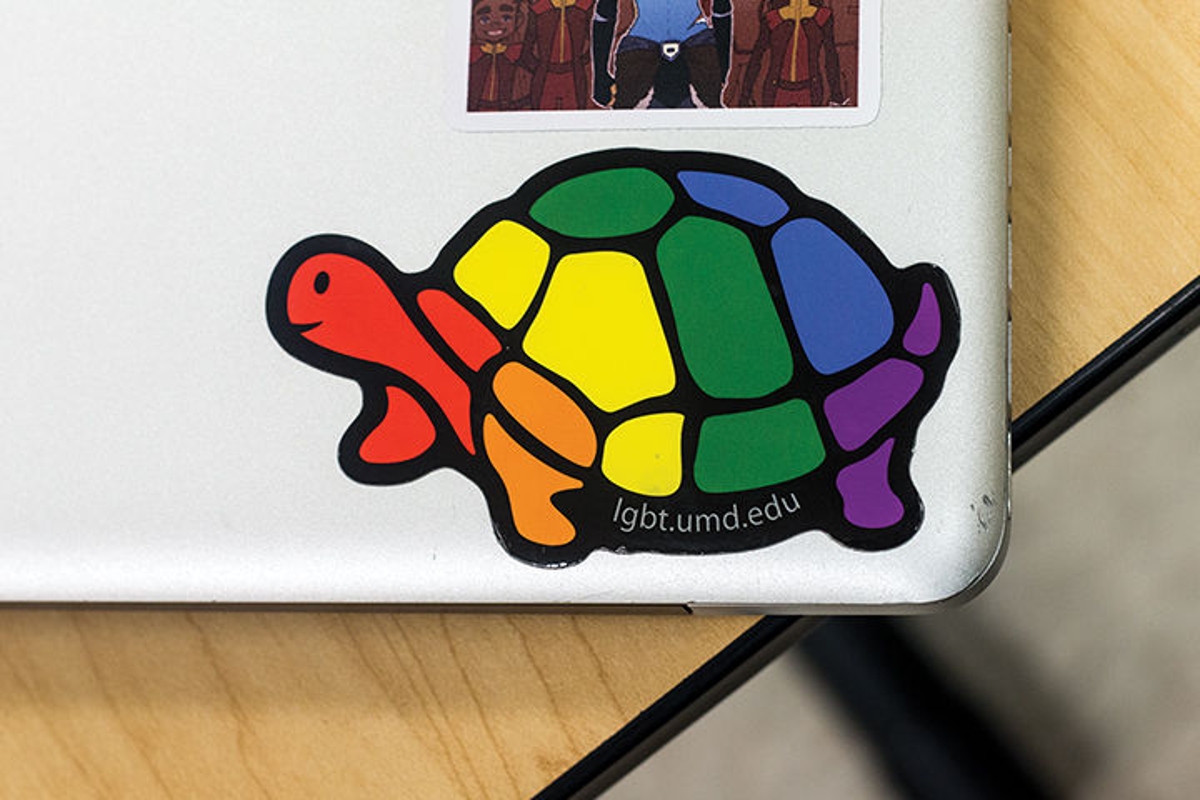The University of Maryland was the sole college in the Maryland and Washington area this year to make Campus Pride’s “Best of the Best” Top 30 list of LGBT-friendly colleges and universities, according to a university news release.
Campus Pride — the national preeminent organization for LGBT and allied college students that promotes inclusion, safety and diversity — has been putting out this list for eight years based on its Campus Pride Index, a national benchmarking tool which currently includes more than 235 college campuses. Universities are asked to put together a team of students, faculty and staff and evaluate their university based on specified criteria.
“They’re all policy, programs and practice questions, so it’s not like an opinion,” a Campus Pride representative said. “[It’s] like … do you have a policy of gender inclusive housing on your campus? Do you have a safe space program?”
This university has been on the list for five years in a row, scoring among the highest benchmark percentages. It scored a 4.5 out of five stars this year, putting it in line with universities such as Cornell University, Pennsylvania State University and University of California, Los Angeles.
“We’ve been consistent because we have, to the extent possible, increased our influence by … collaborations across campus,” said Luke Jensen, LGBT Equity Center director. “It isn’t just something that the LGBT Equity Center does; it’s getting others on campus to also contribute.”
The university has various programs to promote LGBT inclusion, Jensen said. One example is the Queer Training Education and Mindfulness initiative, which launched during the 2015-16 school year, according to the news release. The year-long health and wellness sessions, made possible through a Moving Maryland Further grant, involved counseling center personnel and local health care providers, as well as the LGBT Sports Summit, which promotes inclusion in campus sports.
In addition to continued programming such as Quelcome — the welcome event at the start of each academic year — there is also an array of on-campus student groups geared toward the LGBT community, such as the Rainbow Terrapin Network, which covers the fundamentals of campus inclusion, and the Lavender Leadership Honor Society.
“[The University of Maryland] has so many resources,” said senior Camille Veselka, who was the Pride Alliance president as a sophomore. “People are more willing to be open and share their identity, and I think that really helps.”
When Veselka was more involved with the organization, various students told her they came from out-of-state because they were drawn to this university’s LGBT-friendly campus, the computer science and economics major added.
Despite this university’s recognition, senior mechanical engineering major Remi Liang said it still has a long way to go.
“People … face a lot of problems [not only] from interacting with other people socially, but also just institutionally with the school,” they said. “The school is not really that great yet on [transgender] inclusion.”
Liang has heard professors make homophobic and transphobic comments in their classes, despite those comments being irrelevant to the content of the class. They acknowledged that although policies are in place, there’s a difference between implementing those policies and people abiding by those policies.
“I know the school can’t control what comes out of every professor’s mouth,” they said. “But there could be some sort of education for teachers on how to conduct themselves in a way that makes students feel comfortable in classrooms.”
Having a visible LGBT presence is a key step toward achieving an LGBT-friendly campus, Veselka said.
“We have these resources available, we have these organizations,” she said. “There are people like you who are around. Don’t be afraid to come and express yourself.”



